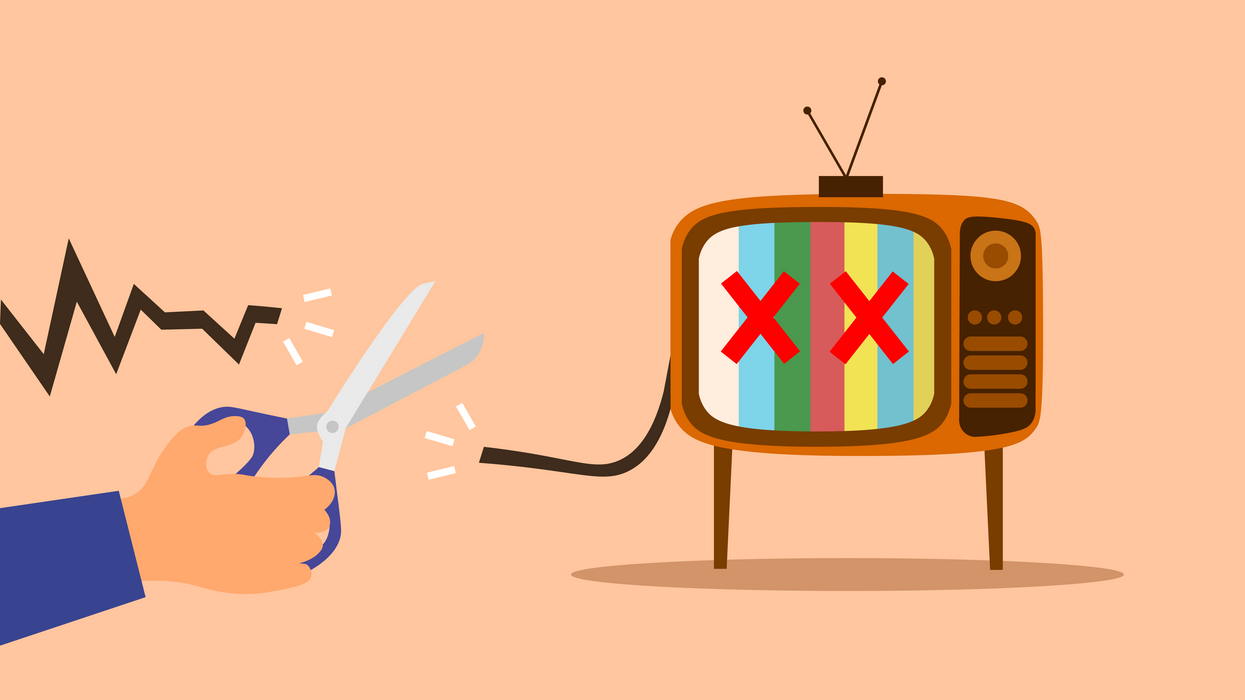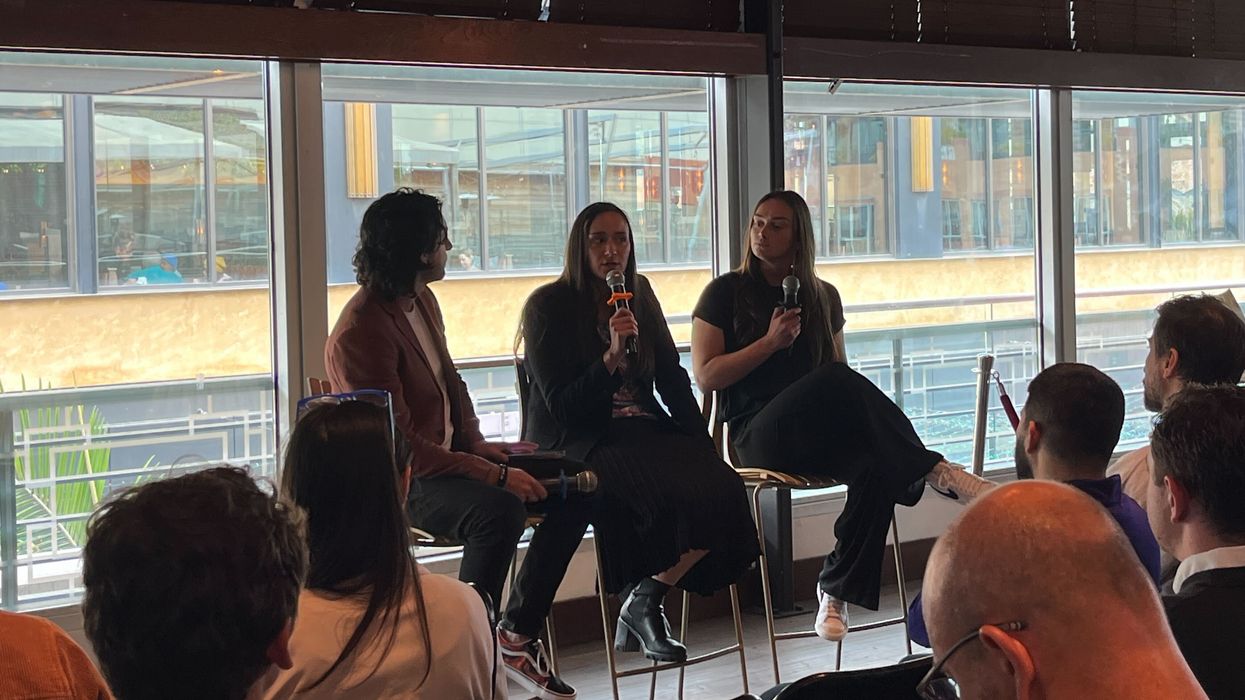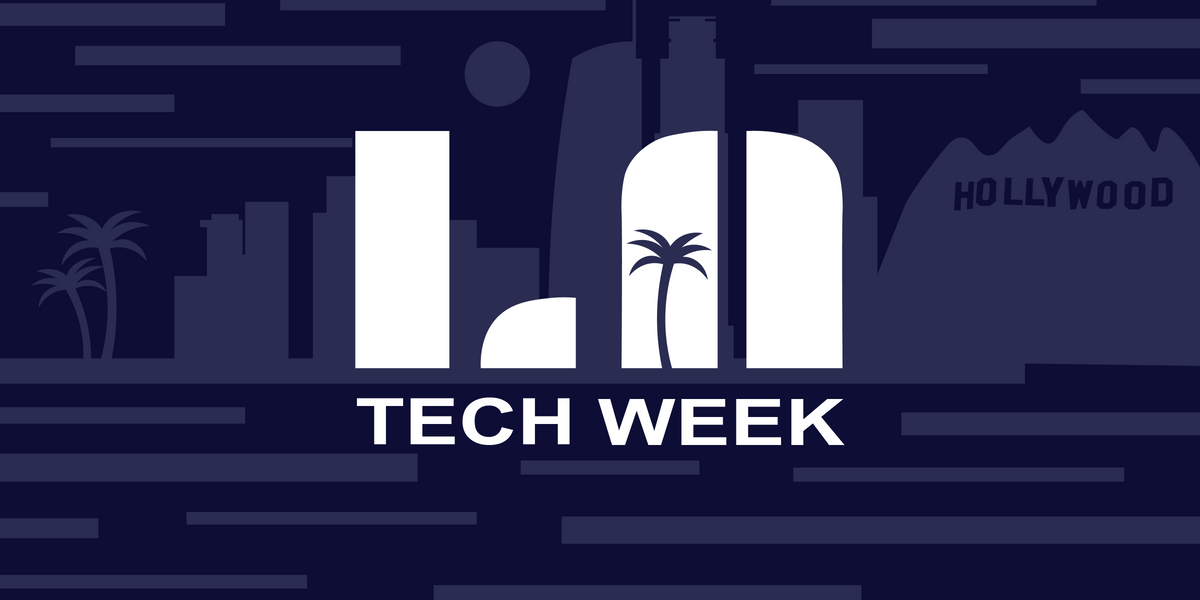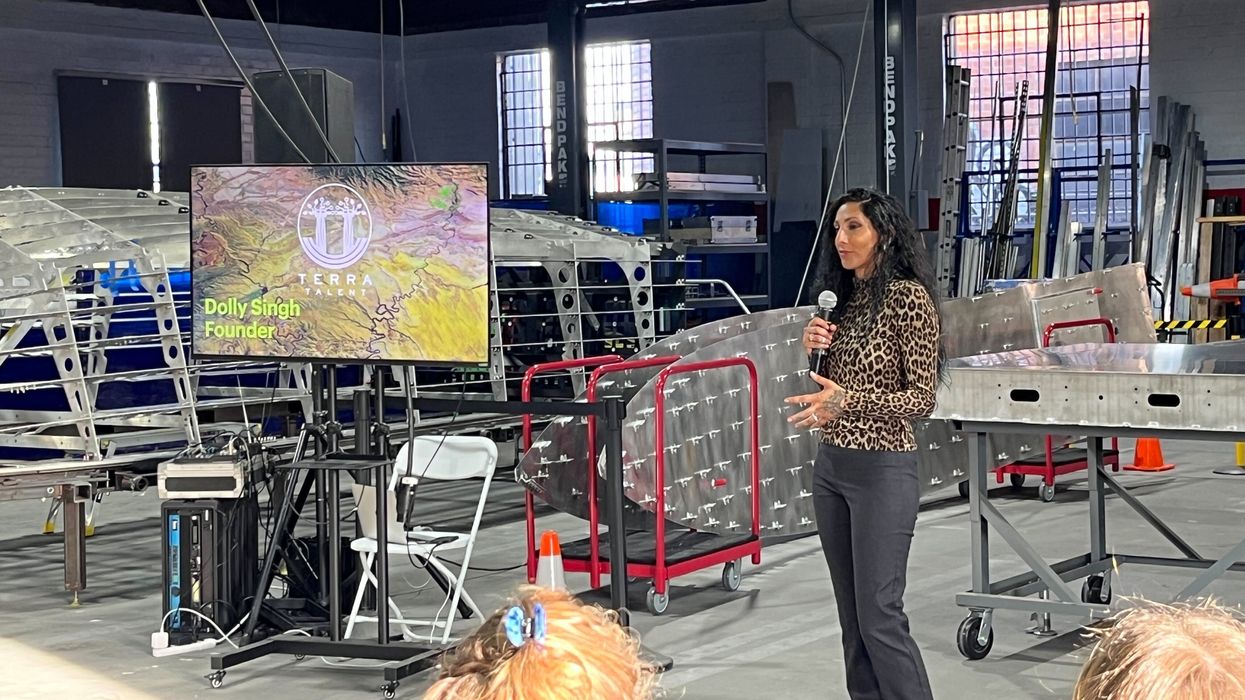Why Cable TV is Quickly Becoming a Relic of the Past

This is the web version of dot.LA’s daily newsletter. Sign up to get the latest news on Southern California’s tech, startup and venture capital scene.
According to a new report in The Wall Street Journal, Disney plans to transition ESPN from a cable network into an internet streaming service. The project, internally codenamed “Flagship,” remains in its early stages, with Disney contacting partners and leagues to hammer out new licensing deals, should the entire network pivot from cable to the cloud.
In the short term, ESPN plans to launch the streaming service while keeping the cable network intact. But unlike ESPN+, the new streamer will no longer serve as a supplement to the flagship cable network; all original content and live games will be featured on both platforms. On a purely narrative side, this certainly represents the “end of an era” and a milestone in the entertainment industry’s gradual transition from linear television to streaming. But it could also, in a very real way, mean the end of the cable television industry as it has been known for decades.
ESPN is one of the most significant and popular cable networks, with exclusive access to a lot of high-profile sports and original programming like “SportsCenter.” It’s a key reason that millions of Americans have kept their cable subscriptions active to date. Without ESPN as an exclusive draw, it’s likely that many of these consumers will opt to finally cut the cord and move their TV viewing entirely over to streaming services.
Though Cable’s Losing Ground, It’s Not Dead Yet
YouTube launched in 2005, and Netflix first unveiled its “watch instantly” streaming option in 2007. That same year, Hulu arrived as an major ad-supported streaming service backed by legit entertainment and media companies like NBC and NewsCorp (which still owned Fox). By 2008, Amazon rebranded its native video platform as “Amazon Video on Demand.” For the first time, a multitude of original TV shows and films – not just user-generated content but mainstream Hollywood studio-backed productions – were available online and on-demand, without a cable subscription. This was the point when “cord-cutting” first entered the national lexicon.
Though the term has long-since entered everyday, common use, and over 47 million Americans have indeed cut the cord and canceled their cable subscriptions, we still haven’t really come close to actually leaving cable TV behind entirely. According to Nielsen, streaming viewership only surpassed overall cable viewing in the US for the very first time in July of 2022. Between March 27 and April 30 of this year, cable still accounted for 30% of overall TV viewing in the US.
Streaming shows and platforms soak up a lot of the press and attention, which can distract from the reality that a majority of Americans – particularly members of older generations – on the whole watch more network and basic cable shows than anything on Apple TV+ or Peacock. This cultural disconnect was highlighted on social media earlier this month, when a clip from the popular ABC medical drama series “The Good Doctor” went viral on social media. While cord-cutters who’ve long been ignoring network TV dramas in favor of critical favorites and streaming originals had no idea the long-running show even existed before clips popped up on Twitter, it’s a long-standing popular favorite for the Disney-owned network that’s now in its sixth season. The show actually hit a Season 6 viewership high in April with 3.7 million viewers.
Meanwhile, on basic cable, Paramount’s troubled “Yellowstone” ranks among the most popular TV series in the country. Around 16 million people tuned in for the Season 5 premiere back in November, making it 2022’s most-watched TV episode across all platforms. According to the Social Security Administration, the fastest-growing baby name in the US is “Dutton,” after the show’s ranch-owning protagonists. (This is why Paramount is so desperate to keep the franchise alive, despite the reluctance of former star Kevin Costner.)
But Signs Are Not Looking Good
Still, it’s not exactly smooth sailing for the cable industry. Streaming has always posed an existential challenge to cable and satellite on a conceptual level. But as Advertising-based Video on Demand (AVOD) and Subscription Video on Demand (SVOD) platforms continue to improve and offer a wider range of content, it gets increasingly difficult to continue making the case for hanging on to cable subscriptions.
Additionally, overall TV ad spending will sink by an estimated 5% in the US this year, and it’s hitting cable the hardest. AMC Networks reported a 16% revenue slump in late 2022 due to the advertising slide. The company has been unable to make up for its revenue losses via subscription streaming platforms like AMC+ and Shudder; it’s new plan is to join the FAST revolution and put ads on AMC+. Income from Disney’s TV networks is also down. ESPN revenue fell to $1.8 billion in the most recent quarter, from $2.8 billion during the same period one year earlier.
Unlike network TV or streaming services, which are moving forward with overall confidence that, eventually, the market will heat up again and advertisers will return, there’s generally less confidence that the cable’s former sponsors will ever come back en masse. Many of those ad buyers will likely move over to ad-supported streaming platforms instead, with rapidly-growing FAST platforms like Pluto, Roku Channel, Freevee, and Tubi reaching more and more homes through smart TVs and devices like Roku and Amazon’s Fire TV.
In another side of trouble on the horizon for cable lovers, US broadband operator Wide Open West (or WOW!) announced plans this month to eliminate cable service entirely for its 117,000 customers. The company will instead provide access to YouTube TV as a cable replacement, while freeing up the additional bandwidth for its ISP. Should other, larger cable providers begin following suit, that could genuinely mean the actual death of cable.
Still, nothing is certain, and most media and entertainment CEOs have hesitated to actually look ahead to the permanent end of cable TV. When he returned as Disney’s CEO in late 2022, Bob Iger told investors that while the industry “is inevitably heading toward streaming,” he didn’t plan to “abandon the linear or the traditional platforms while they can still be a benefit to us and our shareholders.”
So it’s still just a bit too early to begin publishing cable TV’s obituary. But getting one started and keeping it on deck, just in case, might not be the worst idea. - Lon Harris





